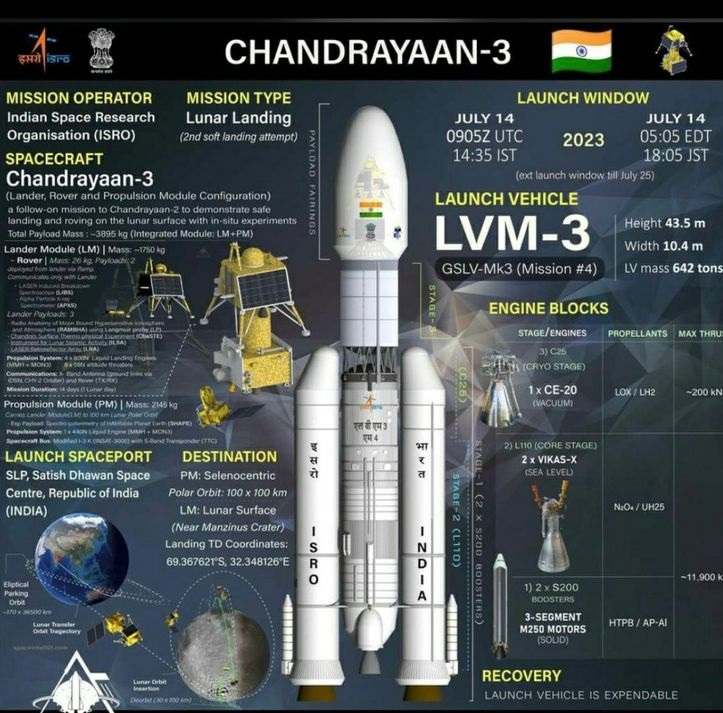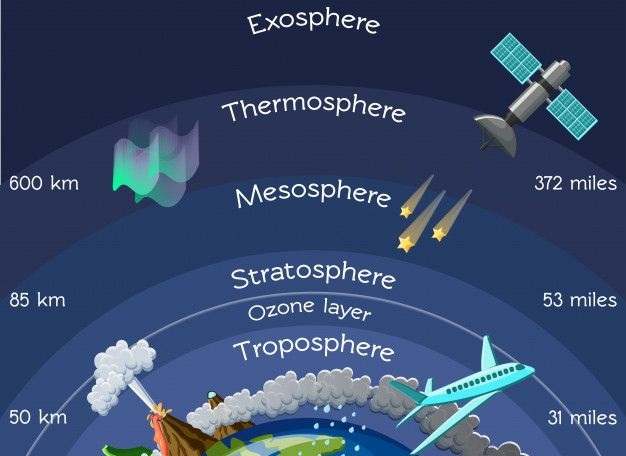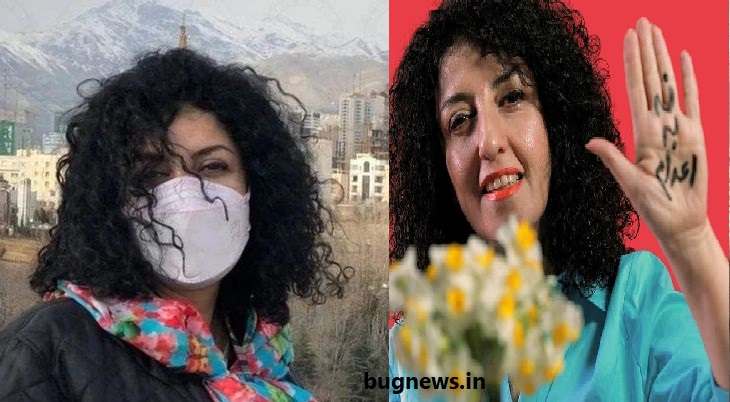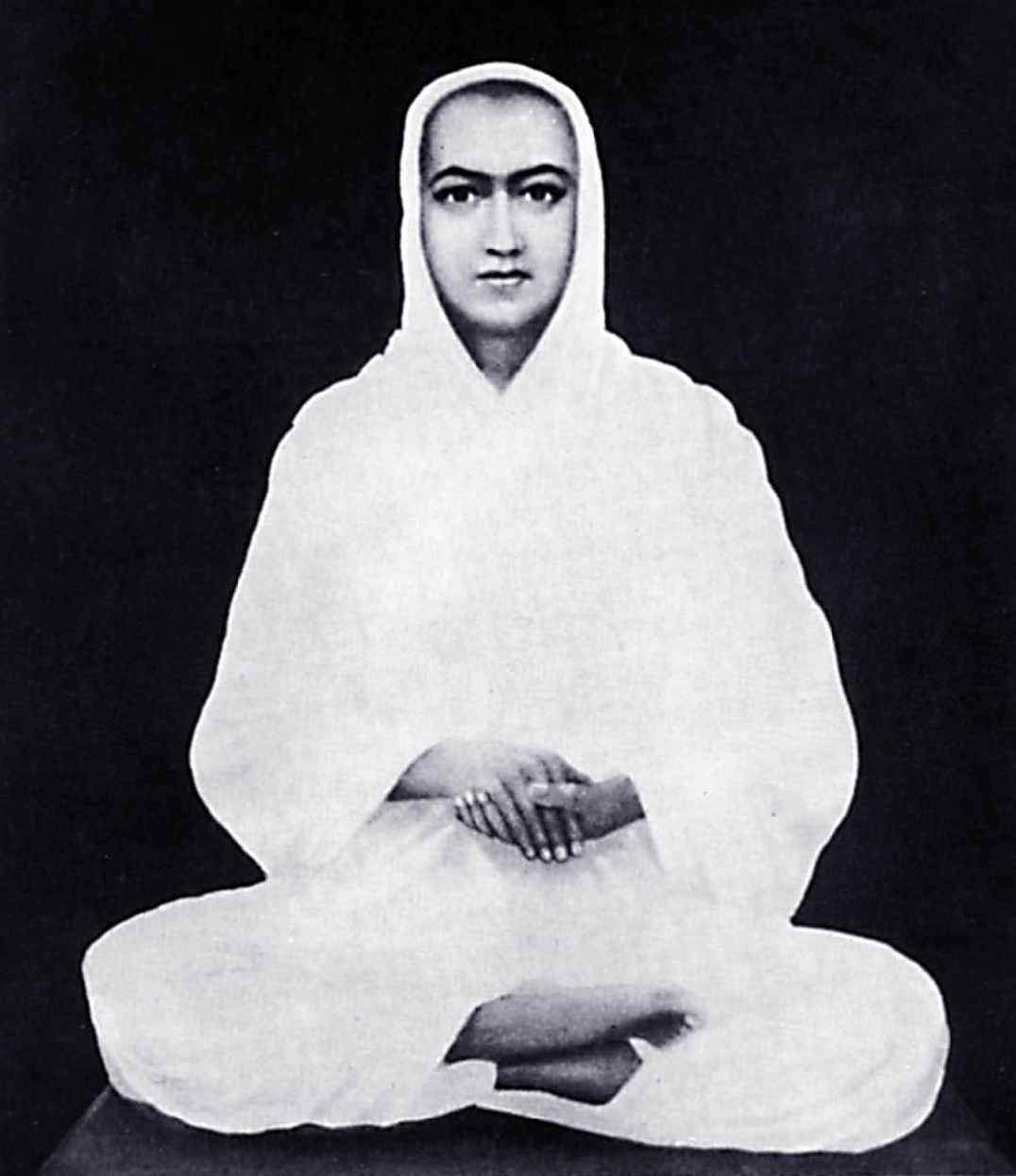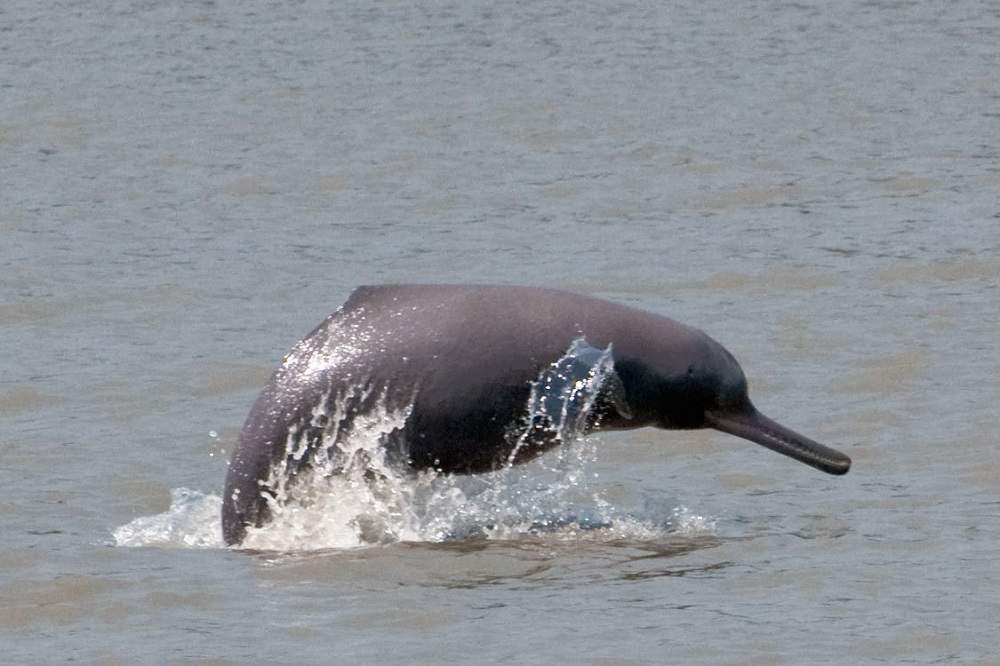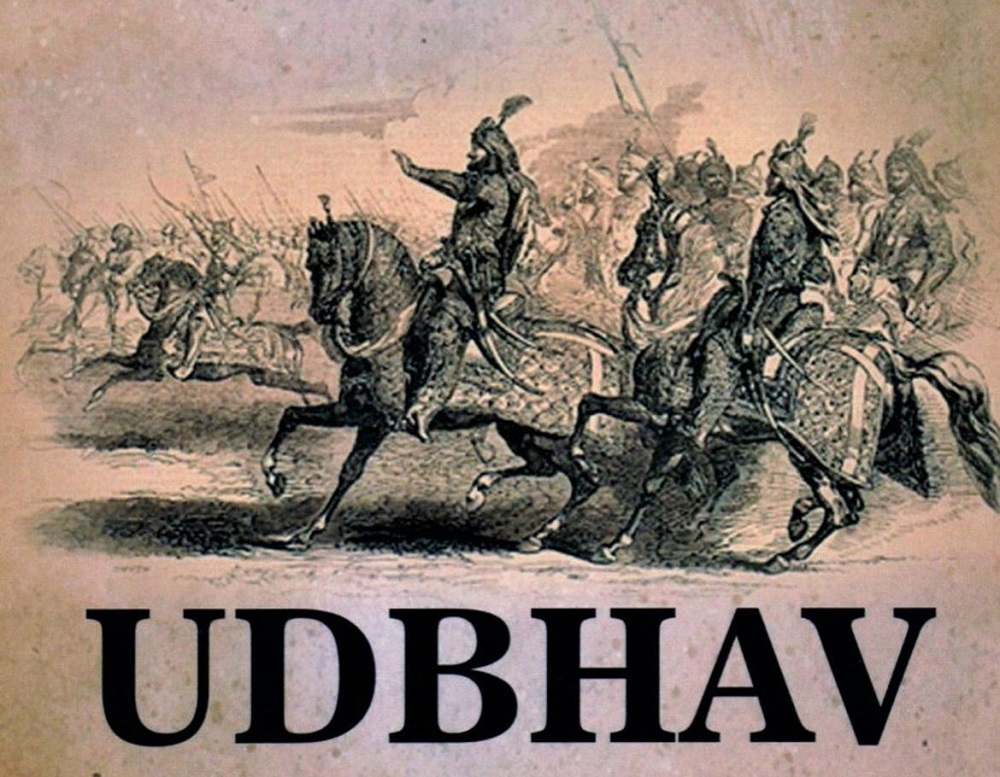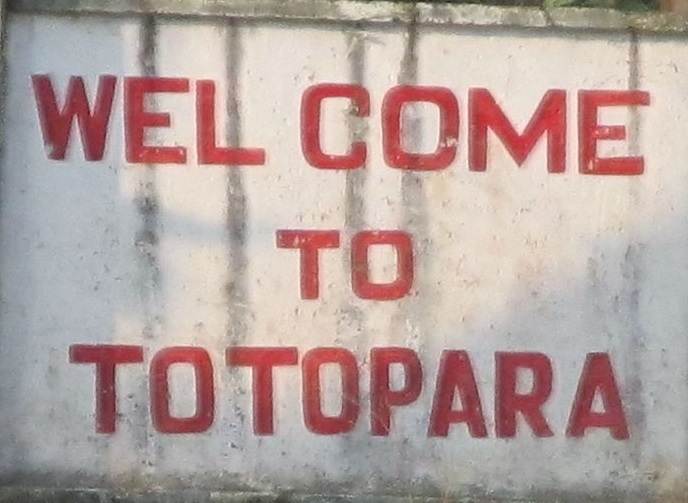The successful soft landing of India’s Chandrayaan-3 near the Moon’s south pole on August 23, 2023 was a historic moment. This feat made India the first country to
What is The Kármán Line ?
The Kármán Line, located 100 kilometers above sea level, serves as an imaginary boundary between the Earth’s atmosphere and outer space. Although scientists and astronauts disagree, most nations
Nobel Peace Prize for 2023 to Iranian activist Narges Mohammadi
The Royal Swedish Academy has recently awarded the prestigious Nobel Peace Prize for 2023 to Iranian activist Narges Mohammadi. Narges Mohammadi has been recognized for her tireless efforts
Who was Mahsa Amini ?
The Iranian hijab movement emerged in response to severe Iranian regulations mandating women to wear a headscarf or hijab as part of their daily attire. In recent incidents
About Sri Ramalinga Swamy
Sri Ramalinga Swamy, a 19th century Tamil poet and member of the “Gnana Siddha” dynasty, made significant contributions in various fields. His approach towards social change was beyond
The Ganges river dolphin (Platanista gangetica)
The Ganges river dolphin, formally known as Platanista gangetica and colloquially known as the “Tiger of the Ganges“, was first observed in 1801. It is a species found
The National Turmeric Board
The Government of India has established the National Turmeric Board to promote the development and improvement of the turmeric industry in the country. India seeks to maximize the
About Project Udbhav
“Project Udbhav” is an initiative launched by the Indian Army to explore the rich heritage of Indian statecraft and strategic concepts embedded in ancient texts relating to warfare,
About Toto Tribe and Language
Toto language, which is spoken by only 1,600 people in West Bengal and is in danger of extinction. The central government is taking a step towards its conservation.
Armageddon reedtail’ (Protosticta armagedonia) in the Western Ghats
Researchers at MIT-World Peace University have recently discovered a new damselfly species called ‘Armageddon reedtail‘ (Protosticta armagedonia) in the Western Ghats of Kerala. The name “Armageddon reedtail” was
